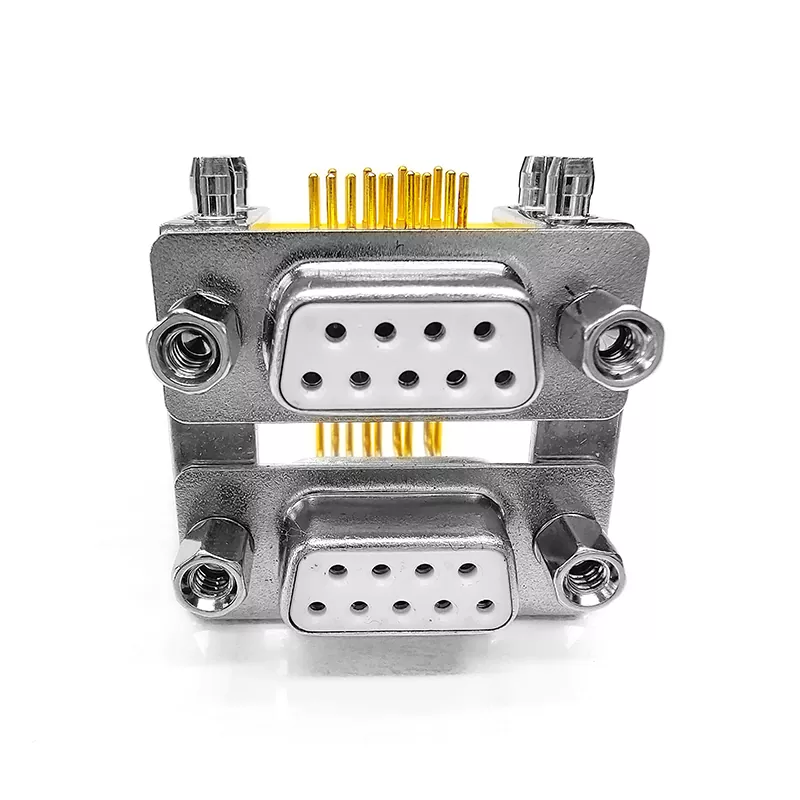How to Choose the Right D-Sub Connector for Your Application
2025-06-20
Choosing the right connector can make a significant difference in the performance and reliability of your equipment. When it comes to D-Sub connectors, there are several factors to consider beyond just the number of pins.

Here’s a practical guide to help you select the right D-Sub connector for your project or product.
1. Determine the Number of Contacts
D-Sub connectors are available in different pin counts, such as 9, 15, 25, 37, and even 50. The number you need depends on how many signal lines or power circuits your application requires.
For example:
A DE-9 (commonly known as DB-9) is often used for RS-232 serial communication.
A DB-25 might be used in parallel ports or multi-line serial connections.
2. Choose the Right Gender
D-Sub connectors come in male (with pins) and female (with sockets) versions. It’s essential to match the gender to the mating connector or panel port in your system.
3. Consider Signal Type and Shielding
If you're dealing with high-frequency signals, noise-sensitive equipment, or data communication, shielding is important. Most D-Sub connectors come with a metal shell that provides EMI (electromagnetic interference) protection. Some also offer shielded cables for additional signal integrity.
4. Decide on Mounting Style
D-Sub connectors can be mounted in several ways:
Panel mount: Ideal for enclosures and devices.
Cable mount: For flexible wiring between systems.
PCB mount: For direct integration with printed circuit boards.
Choose the mounting style that fits your mechanical and space requirements.
5. Environment and Durability
If the connector will be used in an industrial or outdoor environment, look for ruggedized versions with reinforced housings or sealed enclosures. Some D-Subs are available with IP-rated protection for water and dust resistance.
6. Special Requirements
There are also specialty D-Sub connectors designed for specific needs, such as:
High-density connectors: Fit more pins into the same size shell.
Filtered connectors: Help reduce EMI.
Combo D-Subs: Include power and signal contacts in one connector.
Final Tip
Always check the electrical and mechanical specifications, including current rating, voltage rating, contact resistance, and mating cycles. This ensures long-term reliability in your application.
Whether you're updating existing systems or building something new, choosing the right D-Sub connector will help ensure consistent performance and fewer connectivity issues. If you're unsure what type is best for your needs, feel free to consult with our technical team—we're happy to help.


